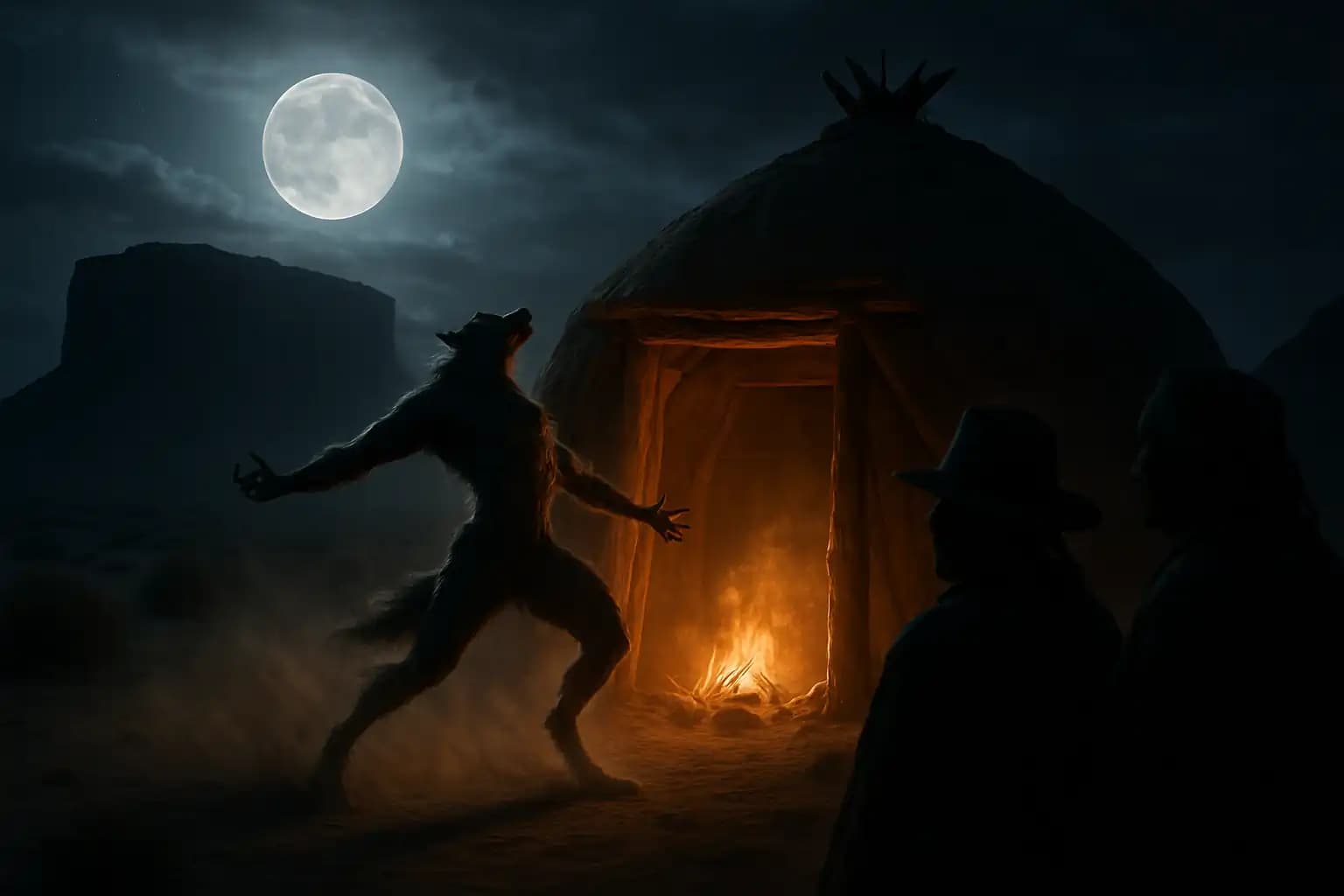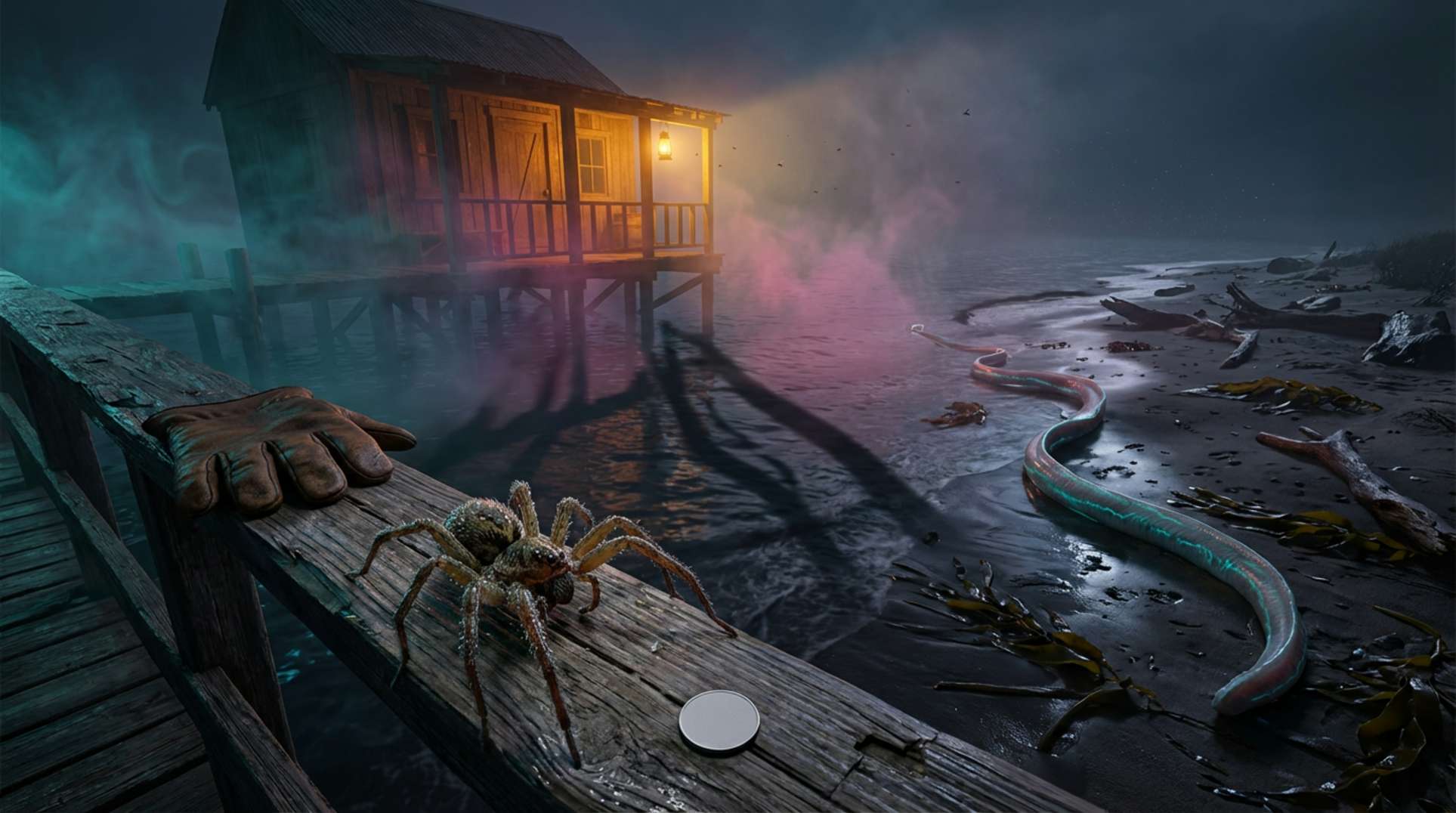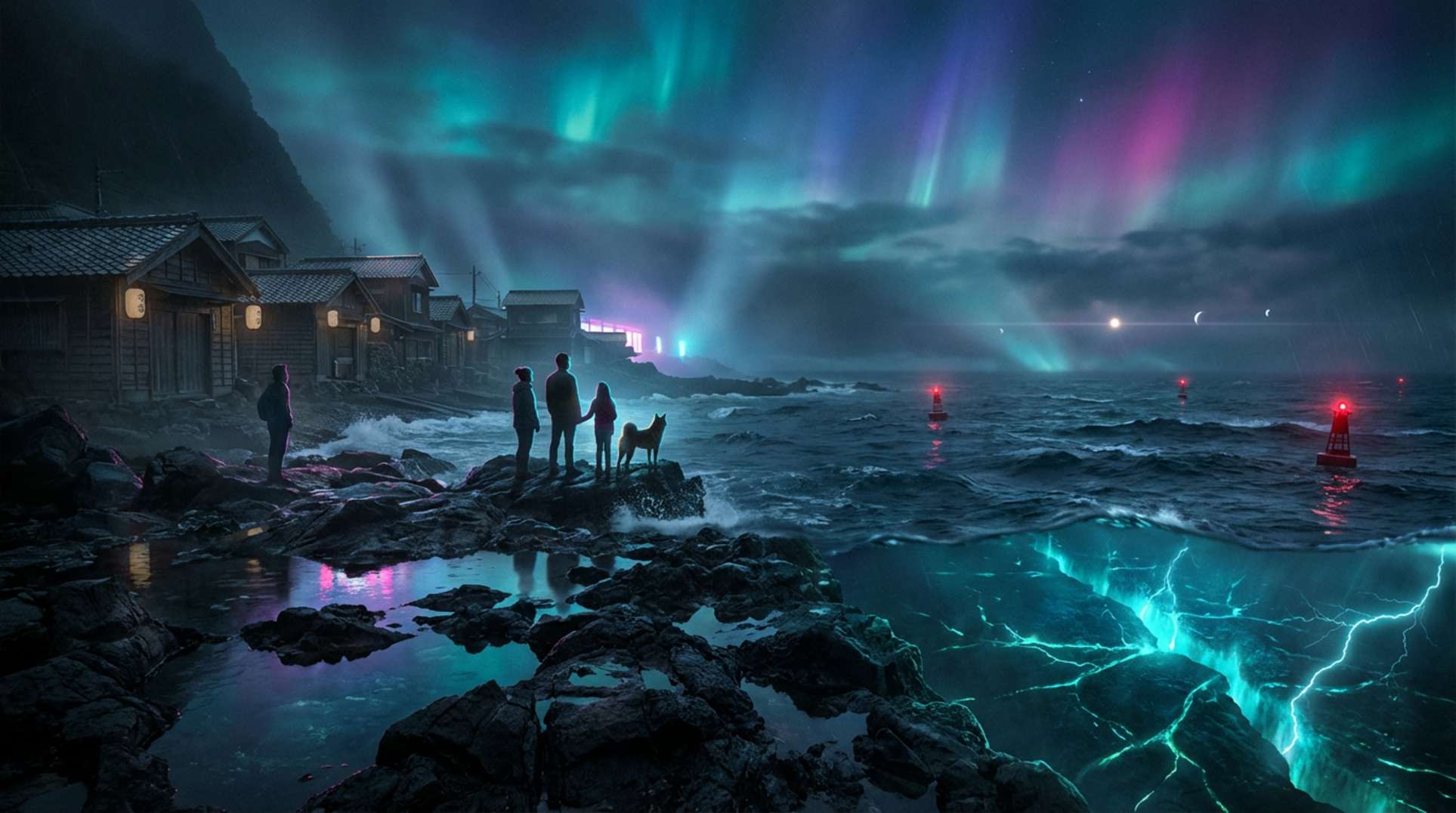Shapeshifters haunt the borderlands of myth, belief, and the unexplained. Few creatures captivate like the Navajo skinwalker. These legendary beings, feared as witches able to transform into wolves or other animals, have filled tales across the American Southwest for centuries. In a world eager to uncover hidden forces—be they cosmic, technological, or folkloric, as seen in this interstellar investigation—skinwalker stories endure with chilling intensity.
Origins and Taboo: Navajo Skinwalkers as the Antithesis of Tradition
In Navajo culture, skinwalkers (yee naaldlooshii) are not mere monsters—they are witches who betray the core values of their people. A detailed synthesis from Legends of America reveals they learn forbidden witchcraft. This often involves taboo rituals, using remains, and unspeakable acts against kin. Their transformation rituals grant the ability to become or possess wolves, coyotes, or other fearsome creatures. This marks a permanent break from traditional healing practices. Even today, many Navajo refuse to speak the word “skinwalker” to avoid invoking evil. This reflects a profound fear these legends inspire. Academic research on the canonical page for skin-walkers views these figures as the antithesis of healers, highlighting the cultural reluctance to share such stories with outsiders.
This taboo runs deep; even casual talk of skinwalkers can elicit unease. Interviews recounted in investigations into belief and simulation illustrate this phenomenon. The notorious 1878 “Witch Purge” echoes in history, where accusations led to dire consequences within Navajo communities.
Modern Mysteries: Skinwalker Ranch, Surveillance, and Scientific Debate
Utah’s Skinwalker Ranch has emerged as ground zero for exploring these ancient legends in the 21st century. Investigators, backed by government funding, have reported everything from tales of bulletproof wolves to glowing orbs and cattle mutilations. As documented by VICE, modern surveillance efforts have flooded the ranch with sensors, cameras, and analysts. Yet, “the most scientifically studied site in paranormal history” remains a riddle. No conclusive evidence has validated these legends, but the site attracts UFO researchers, skeptics, and pop culture—drawing relentless attention akin to that seen in stealth technology analysis.
Efforts to unravel the mystery range from AAWSAP-funded investigations to reality TV crews. These attempts have yielded ambiguous results and sparked debate about the nature of “proof” (see parallels with skepticism over asteroid threats in this archival field report).
Global Shapeshifters: The Skinwalker and Its Mythic Kin
While skinwalkers belong specifically to Navajo and Southwestern beliefs, the theme of dangerous shapeshifters resonates globally. Legends of America notes similar figures arise in Hopi, Apache, Ute, and Pueblo cultures—each with its own unique details. Anthropologists observe entities like tricksters or shapeshifters often serve as warnings for misfortune, much like skinwalkers. Across the globe, stories of werewolves, lycanthropes, and shamans able to transform into animals express a shared anxiety about the blurred lines between human and animal, good and evil.
Importantly, as EBSCO Research discusses, the Navajo skinwalker is unique in its intentional choice of evil. Transformation arises from forbidden acts rather than accident or curse, setting them apart from European werewolves or African leopard men. This distinction and its social functions enhance cross-cultural studies of legends, influencing how stories evolve—sometimes giving birth to new urban legends.
Why Skinwalkers Still Haunt Us: Power, Fear, and the Battle to Control Belief
The persistence of skinwalker stories in contemporary culture reveals a fundamental desire for the uncanny. Especially when social anxiety or rapid change creates new wolves from old shadows. Pop culture’s embrace, through podcasts and Netflix, amplifies the legend. This sometimes frustrates Native communities who see precious traditions morph into entertainment. Cherokee scholar Adrienne Keene warns that excessive outsider fascination can erode the context and meaning that uphold resilient traditions (source). Still, parallels with modern belief phenomena—like paranoia-driven construction booms in billionaire bunkers or techno-surveillance in military intelligence fields—illustrate how the boundaries between myth, reality, and vigilance shift constantly.
What does all this signify? At a minimum: Skinwalker lore encapsulates the tension between knowledge and taboo, history and innovation, fear and fascination. Whether viewed as supernatural threat, cultural narrative, or psychological archetype, these legends remain vital. They remind us that facing the unknown has always been part of the human experience. For more on the boundaries between legend, reality, and futurist unknown, see ongoing reports at Unexplained.co.




